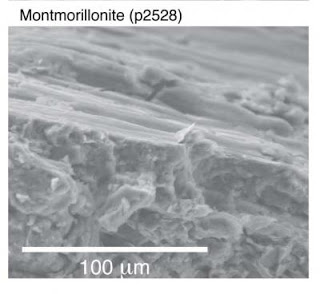
Monitoring slow earthquakes may provide a basis for reliable prediction in areas where slow quakes trigger normal earthquakes, according to Penn State geoscientists.
“We currently don’t have any way to remotely monitor when land faults are about to move,” said Chris Marone, professor of geophysics. “This has the potential to change the game for earthquake monitoring and prediction, because if it is right and you can make the right predictions, it could be big.”
Marone and Bryan Kaproth-Gerecht, recent Ph.D. graduate, looked at the mechanisms behind slow earthquakes and found that 60 seconds before slow stick slip began in their laboratory samples, a precursor signal appeared.
Normal stick slip earthquakes typically move at a rate of three to 33 feet per second, but slow earthquakes, while they still stick and slip for movement, move at rates of about 0.004 inches per second taking months or more to rupture. However, slow earthquakes often occur near traditional earthquake zones and may precipitate potentially devastating earthquakes.
“Understanding the physics of slow earthquakes and identifying possible precursory changes in fault zone properties are increasingly important goals,” the researchers report on line in today’s (Aug. 15) issue of Science Express.

Using serpentine, a common mineral often found in slow earthquake areas, Marone and Kaproth-Gerecht”We recognize that this is complicated and that velocity depends on the friction,” said Marone. “We don’t know for sure what is happening, but, from our lab experiments, we know that this phenomenon is occurring.”
The researchers think that what makes this unusual pattern of movement is that friction contact strength goes down as velocity goes up, but only for a small velocity range. Once the speed increases enough, the friction contact area becomes saturated. It can’t get any smaller and other physical properties take over, such as thermal effects. This mechanism limits the speed of slow earthquakes. Marone and Kaproth-Gerecht also looked at the primary elastic waves and the secondary shear waves produced by their experiments.
“Here we see elastic waves moving and we know what’s going on with P and S waves and the acoustic speed,” said Marone. “This is important because this is what you can see in the field, what seismographs record.”
Marone notes that there are not currently sufficient measuring devices adjacent to known fault lines to make any type of prediction from the precursor signature of the movement of the elastic waves. It is, however, conceivable that with the proper instrumentation, a better picture of what happens before a fault moves in slip stick motion is possible and perhaps could lead to some type of prediction.
performed laboratory experiments applying shear stress to rock samples so that the samples exhibited slow stick slip movement. The researchers repeated experiments 50 or more times and found that, at least in the laboratory, slow fault zones undergo a transition from a state that supports slow velocity below about 0.0004 inches per second to one that essentially stops movement above that speed.
Note : The above story is based on materials provided by The Pennsylvania State University










